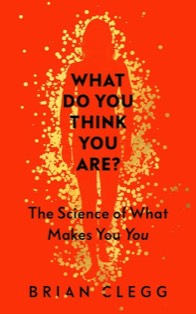Bargain gifts
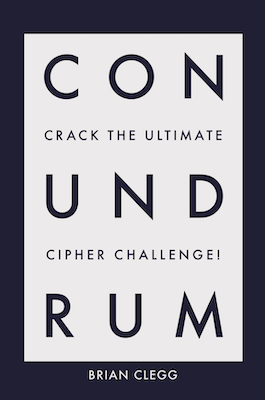
The ultimate trial of knowledge and cunning, Conundrum features 200 cryptic puzzles and ciphers. The solutions link throughout the book – so you need to solve them all to get to the final round.
With a focus on ciphers and codebreaking, Conundrum contains twenty sections, each built around a specific subject from music to literature, physics to politics. To take on Conundrum you need good general knowledge and the ability to think laterally. But if you need help, there are plenty of hints to point you in the right direction.
Whether you attempt to crack it alone or work in a team, Conundrum will challenge you to the extreme.
The perfect gift book for anyone with a curious mind!
Conundrum - Paperback
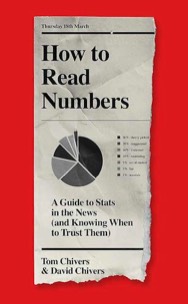
Gives readers the tools to recognise misuse of statistics - a delight to read, and hopefully some media sources will take note.
This is one of our favourite kinds of book - it takes on the way statistics are presented to us, points out flaws and pitfalls, and gives clear guidance on how to do it better. The Chivers brothers' book isn't particularly new in doing this - for example, Michael Blastland and Andrew Dilnot did something similar in the excellent 2007 title The Tiger that Isn't - but it's good to have an up-to-date take on the subject, and How to Read Numbers gives us both some excellent new examples and highlights errors that are more common now.
How to Read Numbers - Paperback

Without doubt a remarkable book. Hans Rosling (who died towards the end of writing Factfulness), aided by his son and daughter-in-law, tells the remarkable story of the gap between our appreciation of the state of the world and the reality.
Rosling, a doctor originally, illustrates some of the points he makes with personal experience, particularly examples where an incorrect assumption about facts he has made has led to potentially disastrous circumstances. But the core of the book makes use of a series of 12 multiple choice questions on the state of the world which, on the whole, we answer worse that choosing randomly - because almost universally we think the world is far worse than it really is.
Although Rosling claims not to be an optimist, making it clear that he isn't saying everything is rosy - there's still a lot to improve - the fact is that most of our ideas of, for example, how bad world poverty is, education of girls, size of families and far more reflects what the world was like 50 years or more ago - where in practice it is now much better.
One essential point that Rosling makes is that our division of the world into developing and developed gives a hugely misleading picture - because in reality (like most distributions) the majority of countries aren't in the very worst or very best part of the distribution, but somewhere in the middle. He advocates moving from the either/or split of developed/developing to four levels, based on average earnings, which gives a much better picture of the reality. Apparently the World Bank has adopted this approach but the UN and others still haven't got the message.
In Factfulness, Rosling looks at a set of ways we have a biased view of reality and what we can do to modify this. So, for example, he talks about our urge to divide populations into two ('the gap instinct') - rich or poor, privileged or not etc, etc. - where the reality is almost always a continuum with no gap. Elsewhere he takes on our tendency to extrapolate into the future with a straight line, where many trends are, for example S-shaped, the danger of always looking for someone to blame and much more.
This is a very powerful piece of work that should be required reading for any politician, businessperson, educator and administrator. The whole thing is presented in a light, approachable fashion with lots of graphs and bubble charts. It's an easy read practically speaking, but a difficult one in the sense that the reader is encouraged to face their own misconceptions (and we almost all will have them - I certainly did).
Factfulness - Paperback
Chunky reads
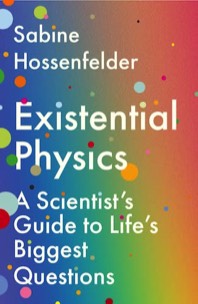
Both a thought-provoking exploration of questions that are important to most people from a physics viewpoint and a useful counter to scientists who spend too much time on speculative theories with no hope of ever having evidence to back them up. Highly recommended.
Existential Physics - hardback
Focuses inwards, looking at what makes the individual human the person they are. Clegg starts with genealogy, noting that because of the way that family trees double in size with each generation, it soon fails as a way to show what we are as individuals, (the numbers involved spiral out of control and the neat tree becomes tangled), meaning only a tiny part of the tree is ever examined. After showing how we're all related to royalty, we are taken on a tour of the atoms that make us up (I love the various ways to work out how much they're worth, including getting the equivalent weight of potassium from bananas), the food that powers our bodies, the paeleological evidence for the origins of humanity as a species and the nature of life.
Perhaps the most interesting part of all is when the book goes into what consciousness is (or, rather, highlights how little we know about what consciousness is, but still shows how much more there is to 'us' than the conscious part) and pulls apart the old nature versus nurture debate with some remarkable material on genetics, environment and how the influence of our environment is mathematically chaotic.
What's great about the book overall is both Clegg's gift as a storyteller - it's just an excellent, pageturning read - and the way he threads together so many revelations about us as humans, the sort of thing that you want to share with someone else. Oh, and it's a really attractive hardback too.
What Do You Think You Are? - Hardback
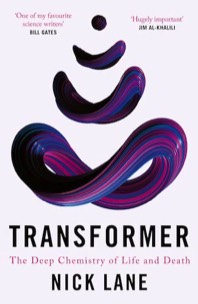
In this book, Nick Lane challenges us to see the nature of life differently - not dismissing genetics, but making it an equal partner with the physical and chemical processes that keep life going. A challenge is even presented to the way that biology is taught - Lane sometimes points out aspects of traditional biology teaching that are simply wrong by modern standards. But what keeps us engaged is the author's enthusiasm and insider insights that make this far more than the kind of simplified textbook that is the way many scientists see popular science. It's a fascinating book.
Transformer - Hardback
Science fun
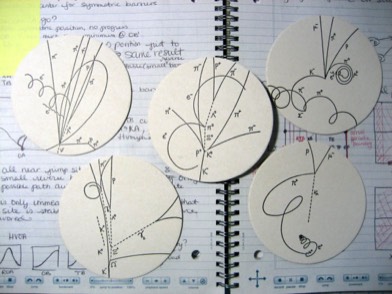
Impress nerdy friends and relatives with coasters featuring particle tracks from a bubble chamber. Beautiful and scientific too.
Priced around £12.
Bubble chamber coasters
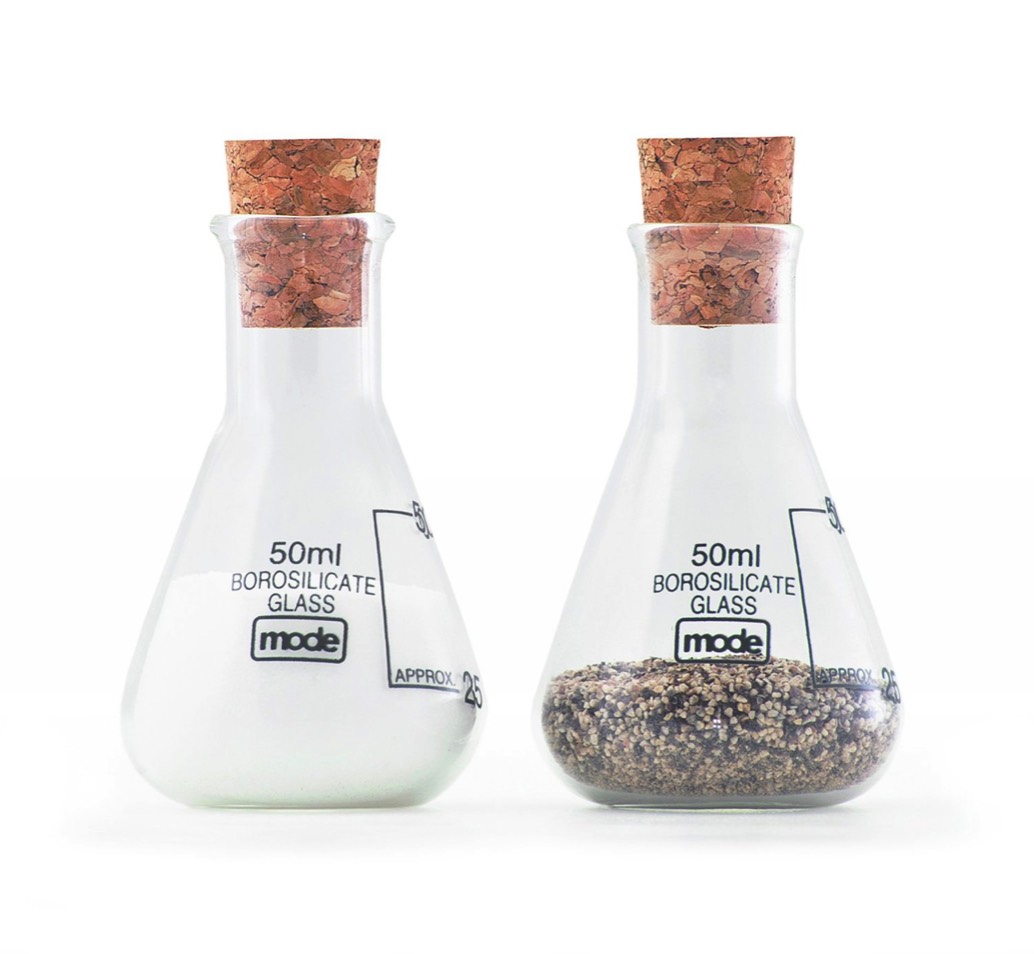
Inspired by the classic Erlenmeyer chemistry flask the Earl salt and pepper shakers take on the iconic lab ware aesthetic and combine materials which are recycled, recyclable or sustainable in a practical and contemporary design solution. More to the point - the scientist in your life will love them.
- Dimensions approx: 50mm dia x 85mm. Materials: Borosilicate Glass, Cork Stopper. Glass - dishwasher safe, dry thoroughly.
- Drilled holes in the custom made corks allow for the perfect shake of your favourite condiments.
Comes in at £13.01 or less. (Note US version is a different design.)
Lab Flasks Salt and Pepper
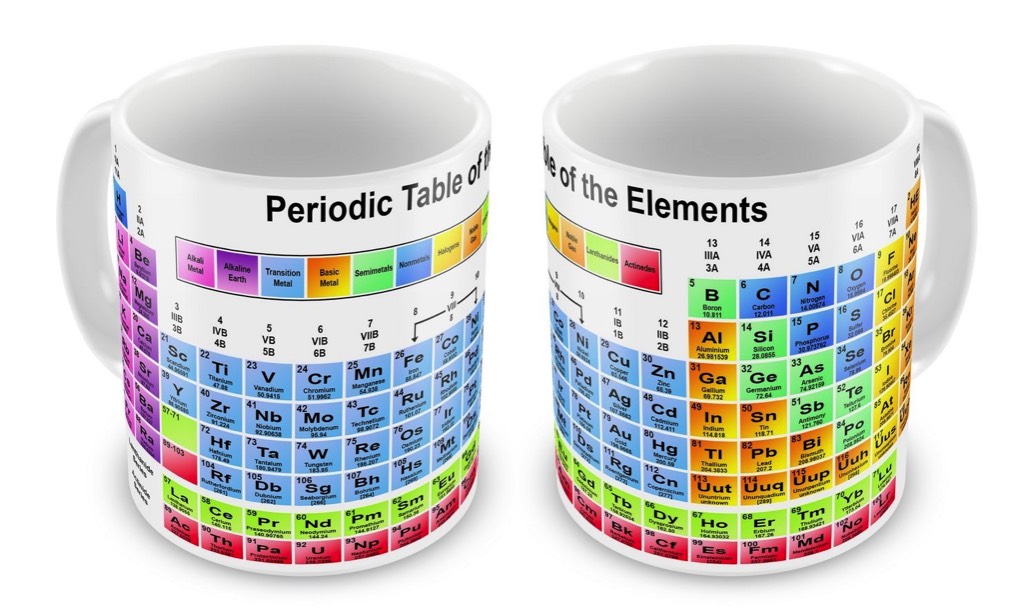
This mug has the Periodic Table of the Elements around it. We have one in the Popular Science office and love it.
- Very colourful design with great detail.
- Would make a great gift for a Science Teacher or Student.
- Approx. Measurements: 9.5cm x 8cm.
- Comes within a box.
Priced at £7.99. (Note US version is a different design.)
Periodic Table mug
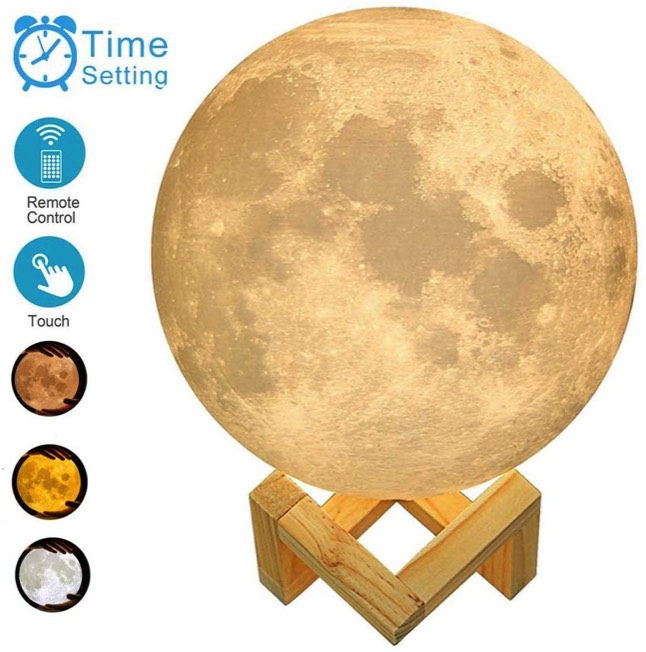
Taking the moon as a creative inspiration, using the most advanced technology, and applying photos captured by NASA satellite, this 7.1 inch (18cm) moon lamp is said to provide an authentically detailed lunar landscape.
You can adjust the brightness of the light by pressing the the button on the bottom, or switch it by remote control. Built-in rechargeable battery with USB port (include cable). The lamp will stay lit for 4 to 20 hours (depends on brightness). Full charge takes about 2-3 hours. Two hour timer controls the cordless lamp turning it off automatically to save power.
Moon Lamp
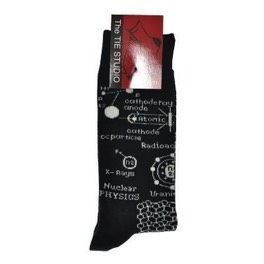
Features Nuclear Physics terminology and sample graphics. Okay, you might usually think that socks are boring. But everyone needs socks. And nuclear physics socks?!
- 65% cotton, 33% nylon and 2% elastane
- 65% Cotton 33% Nylon 2% Elastane
- Size 6-11
Priced at £6.45. (Note US version is a different, math socks, design.)
Nuclear Physics socks
Not found that perfect gift?
Take a look at the Amazon gift guide.

